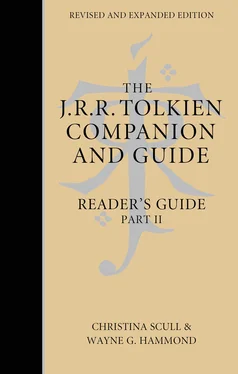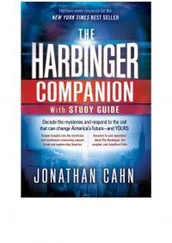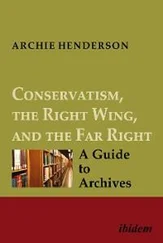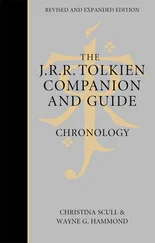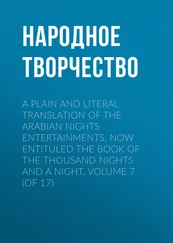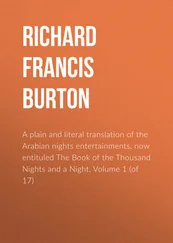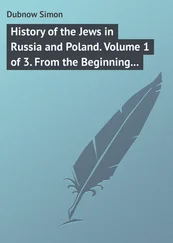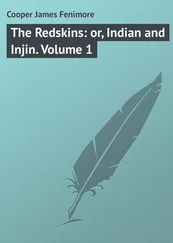In the Old English poem * The Battle of Maldon the old retainer Beorhtwold, prepared to die in a last desperate stand, proclaims: ‘Will shall be the sterner, heart the bolder, spirit the greater as our strength lessens’. These words, Tolkien comments, ‘have been held to be the finest expression of the northern heroic spirit, Norse or English; the clearest statement of uttermost endurance in the service of indomitable will’ (* The Homecoming of Beorhtnoth Beorhthelm’s Son , in Essays and Studies (1953), p. 13). They exemplify as well an ideal which Tolkien applied frequently in *‘The Silmarillion’ and The Lord of the Rings . To name only one instance in the former, in the Nirnaeth Arnoediad the Men of the House of Hador stand firm against the forces of Morgoth until only Húrin remains:
Then he cast aside his shield, and wielded an axe two-handed; and it is sung that the axe smoked in the black blood of the troll-guard of Gothmog until it withered, and each time he slew Húrin cried: ‘ Aurë entuluva! Day shall come again!’ Seventy times he uttered that cry; but they took him at last alive … for the Orcs grappled him with their hands, which clung to him still though he hewed off their arms; and ever their numbers were renewed, until at last he fell buried beneath them. [* The Silmarillion , p. 195]
Likewise, in The Lord of the Rings , Book V, Chapter 6, Éomer lets ‘blow the horns to rally all men to his banner that could come thither; for he thought to make a great shield-wall at the last, and stand, and fight there on foot till all fell, and do deeds of song on the fields of Pelennor, though no man should be left in the West to remember the last King of the Mark’. On a differfent level, the same spirit is expressed by Frodo, and especially Sam, as they struggle across the desolation of Mordor to Mount Doom, and Frodo realizes that
at best their provision would take them to their goal; and when the task was done, there they would come to an end, alone, houseless, foodless in the midst of a terrible desert. There could be no return.
‘So that was the job I felt I had to do when I started,’ thought Sam: ‘to help Mr. Frodo to the last step and then die with him? Well, if that is the job then I must do it ….’
But even as hope died in Sam, or seemed to die, it was turned to a new strength. Sam’s plain hobbit-face grew stern, almost grim, as the will hardened in him …. [bk. VI, ch. 3]
*Priscilla Tolkien once said of her father and his works of fiction:
When thinking of his imagination I feel that like his scholarship it was overwhelmingly Northern European in every detail of his deepest loves and fears. The ideas aroused by the sufferings of long, hard, cruel winters, the dazzling beauty of the short flowering of Spring and Summer, and the sadness of seeing this once more pass back into the darkness; the symbolism of darkness and light is continual in [* The Silmarillion ] for good and evil, despair and hope. Such a climate also nourished the virtues which he held in such high regard: heroism and endurance, loyalty, and fidelity, both in love and in war. [‘Talk Given at Church House, Westminster on 16.9.77 by Priscilla Tolkien’, Amon Hen 29 [?November 1977], p. 4]
See also ‘Norse Mythological Elements in The Hobbit ’ by Mitzi M. Brunsdale, Mythlore 9, no. 4, whole no. 34 (Winter 1983); Fredrik J. Heinemann, ‘Tolkien and Old Icelandic Literature’, Scholarship and Fantasy (1993); Gloria St. Clair, ‘An Overview of the Northern Influences on Tolkien’s Works’ and ‘ Volsunga Saga and Narn: Some Analogies’, both in Proceedings of the J.R.R. Tolkien Centenary Conference 1992 , ed. Patricia Reynolds and Glen H. GoodKnight (1995); Tom Shippey, ‘Tolkien and Iceland: The Philology of Envy’ (2002), revised in Roots and Branches: Selected Papers on Tolkien (2007); Marjorie Burns, Perilous Realms: Celtic and Norse in Tolkien’s Middle-earth (2005) and ‘Old Norse Literature’ in J.R.R. Tolkien Encyclopedia , ed. Michael D.C. Drout (2006); Dimitra Fimi, ‘Tolkien and Old Norse Antiquity’ in Old Norse Made New: Essays on the Post Medieval Reception of Old Norse Literature and Culture , ed. David Clark and Carl Phelpstead (2007); J.S. Ryan, ‘Trolls and Other Themes: William Craigie’s Significant Folkloric Influence on the Style of J.R.R. Tolkien’s The Hobbit ’ in Tolkien’s View: Windows into his World (2009); and Mary R. Bowman, ‘Refining the Gold: Tolkien, The Battle of Maldon , and the Northern Theory of Courage’, Tolkien Studies 7 (2010).
The Northmen and the Wainriders
see Cirion and Eorl and the Friendship of Gondor and Rohan
‘Note on the Landing of the Five Wizards and Their Functions
and Operations’ see The Five Wizards
Note on Final Consonants see Primitive Quendian Structure
Notes for Qenya Declensions. Description of ‘the Common Eldarin and Old Qenya elements and features that underlie the Qenya declensions’ (p. xvii), published in Parma Eldalamberon 21 (2013), pp. 66–9, edited with commentary and notes by Christopher Gilson, Patrick H. Wynne, and Arden R. Smith.
Written on six pages, with revisions, Notes for Qenya Declensions is dated by the editors to the early 1950s. It is closely based on, and probably composed not very long after, an earlier document, * Nouns .
Notes on Motives in the Silmarillion. Essay, published with notes and commentary as text VII in the section ‘Myths Transformed’ of * Morgoth’s Ring (1993), pp. 394–408.
The work, probably from the late 1950s, exists in two versions. The earlier is a four-page manuscript inscribed ‘Some notes on the “philosophy” of the Silmarillion’, described by *Christopher Tolkien as ‘rapidly expressed’ and without ‘a clear ending’ ( Morgoth’s Ring , p. 394). The later version, greatly expanded and more carefully expressed, was left unfinished in mid-sentence after twelve manuscript pages.
The ‘notes’ compare Sauron and Morgoth in *‘The Silmarillion’, their characters and motives, their relative power at various times, and the way they used it. ‘Morgoth had no “plan”: unless destruction and reduction to nil of a world in which he had only a share can be called a “plan”’ (p. 397). But ‘Sauron had never reached this stage of nihilistic madness. He did not object to the existence of the world, so long as he could do what he liked with it’ (p. 396). Then follows a discussion of the reasons why the Valar were reluctant ‘to come into open battle with Morgoth’, concluding that Morgoth’s power and being were disseminated throughout the world – ‘the whole of “middle-earth” was Morgoth’s Ring’ – and to try to destroy him ‘might well end in reducing Middle-earth to chaos, possibly even all Arda’; whereas ‘the final eradication of Sauron … was achievable by the destruction of the Ring’ into which his power had been concentrated (p. 400).
In a section developed fully only in the second text, Tolkien suggests reasons for the apparent inaction of the Valar against Morgoth during the First Age, and that their eventual intervention was precisely timed. Manwë with his knowledge of the Music and ‘power of direct recourse to and communication with Eru … must have grasped with great clarity … that it was the essential mode of the process of “history” in Arda that evil should constantly arise, and that out of it new good should constantly come’ (p. 402). The second version ends soon after turning its attention to the later resistance to Sauron, but the published text continues with the first version, from the point where the two texts diverge, with a brief philosophical consideration of the future of Arda.
Читать дальше
